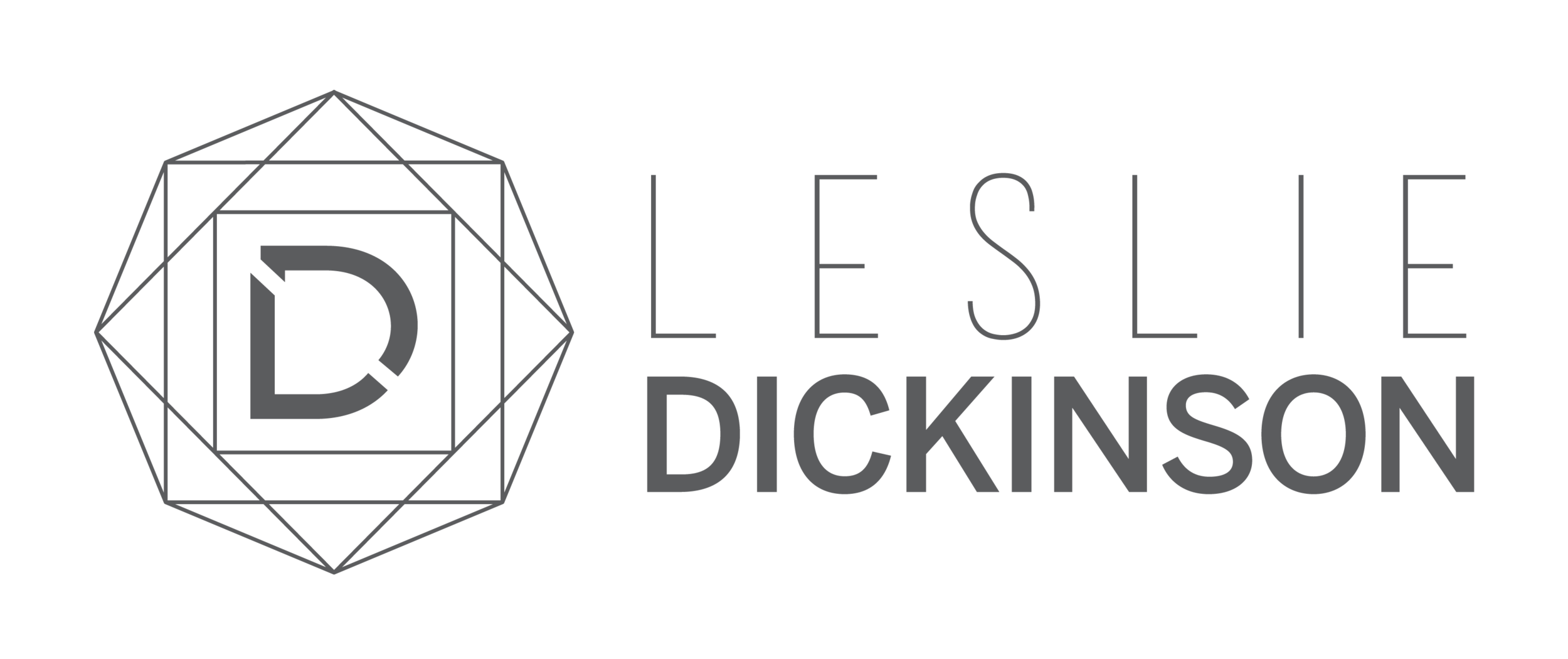2018/2019 Market Report
Realogics Sotheby’s International Realty has released a comprehensive report outlining 2018 market trends in eight counties and 31 communities in Western Washington with 2019 price predictions and a look ahead at the fundamentals that will drive the Puget Sound real estate market through the rest of this year. Below I have outlined insights for King County and Madison Park, in addition to a selection of top trends for 2019.
King County
The number of residential selling transactions gradually started to decline in the third quarter of 2017, and accelerated in the third and fourth quarters of 2018. The year ended with 11.2 percent fewer home sales than in 2017.
For a second consecutive year, both in number and proportion of overall sales, fewer King County condominium units were sold in 2018 (6,885 units, compared with 7,898 in 2017).
After steadily shorter market times since 2015, median cumulative days on market in the fourth quarter of 2018 shot to 26 days—a 16-day year-over-year increase—breaking through the 24-day market time last seen in the fourth quarter of 2014.
Of King County cities with more than 500 residential sales in 2018, those with the highest average selling prices were, in order of average price:
Bellevue
Kirkland
Sammamish
Redmond
Woodinville
The 2018 median residential price was $680,000 and the compound annual growth rate from 2014 through 2018 was 11.5 percent.
Central Seattle
This area comprises a diverse patchwork of both affluent and middle-income neighborhoods northeast of downtown. Some, including Madison Park, Denny Blaine, and Leschi, offer frontage on Lake Washington; but Capitol Hill and Madison Valley are also included.
Quarterly numbers of residential homes sold in Central Seattle were lower year-over-year in all but the second quarter of 2018. There were nearly 23 percent fewer sold in the fourth quarter and 11.6 percent fewer over the entire year.
In both the first and second halves of 2018, fewer condominiums were sold in Central Seattle than in the equivalent periods since the first half of 2014. Condominiums comprised 41.1 percent of 2018 home sales in Central Seattle and 69.2 percent of home sales in Capitol Hill.
Central Seattle was one of several areas that saw an end to 15 consecutive quarters of median residential market times shorter than two weeks. Cumulative days on market in the area nearly tripled from the third to the fourth quarter of 2018, from nine days to 26.
There were 31 residential homes sold in Madison Park for an average of $1.83 million, 24 in Washington Park for an average of $2.17 million, and seven in Broadmoor for an average of $3.52 million.
The median residential price in Central Seattle progressed at a compound annual growth rate of 8.9 percent from 2014 through 2018. This is one of the areas in which Realogics Sotheby’s International Realty is forecasting a still higher median price in 2019: to $990,000 from $950,000 in 2018.
2019 Look Ahead
We project that 25 out of 36 of our profiled communities will see residential prices turn lower in 2019. However, those anticipated results are shaped by several key global drivers, as well as regional conditions that for now remain unsettled.
Federal Reserve Monetary Policy
Mortgage interest is a critical factor in home prices and purchasing, and Fed acquiescence to the President’s demands bodes favorably for prices in the year ahead—as long as mortgages continue to be serviced, and bank balance sheets can be sustained. However, contrarian observers warn that the Fed may have met with a liquidity trap, as the benefits of quantitative easing are exhausted with no further room for the bank to maneuver. Such a scenario would likely take months or even years to play out, so the effects may not be felt until later in 2019 or 2020.
Rising Construction Costs
The same conditions, if this is what’s in store, are likely to influence construction costs, as smaller, debt-reliant or low-margin material suppliers are at risk of being shut down by a withdrawal of liquidity, or in the case of overseas suppliers, by high tariffs. In either case, fewer suppliers would result in higher costs of building materials. Higher interest rates also threaten projects directly through higher financing costs.
Rental Headwinds
As a record number of apartments get delivered and start leasing up, there is now a supply glut of rental units in the city. Landlords are offering six to eight weeks of concessions on 12-month leases, making renting more attractive. Stories have also emerged of landlords offering extraordinary concessions, such as gift cards and free parking. RSIR had previously seen the thousands of tenants incubating in these towers as being prime targets for condo pre-sales; but if these trends persist, they may stay put if the apartments look more attractive and interest rates rise. Of course, the opportunity cost of renting is missing a chance to buy a home before prices rise further.
A Balancing Market
In King County generally, home selling prices were still higher than in 2017; and although active inventory exceeded 2012 levels from September through November, December saw some moderation. Downtown Seattle saw 468 resale closings in 2018, with a median home price of $675,000 and 39 days on market. that compares to slightly higher resales in 2017 (513), with a median home price of $625,000 and 21 days on market. downtown Seattle is a thin market and more difficult to discern, yet it seems more sellers are feeling optimistic unloading investment properties due to rental competition, and others are buying into new towers. As new product (units) are opened for occupancy, the last generation products will hit resales.
Read the digital report below or contact me for a complimentary print copy.
